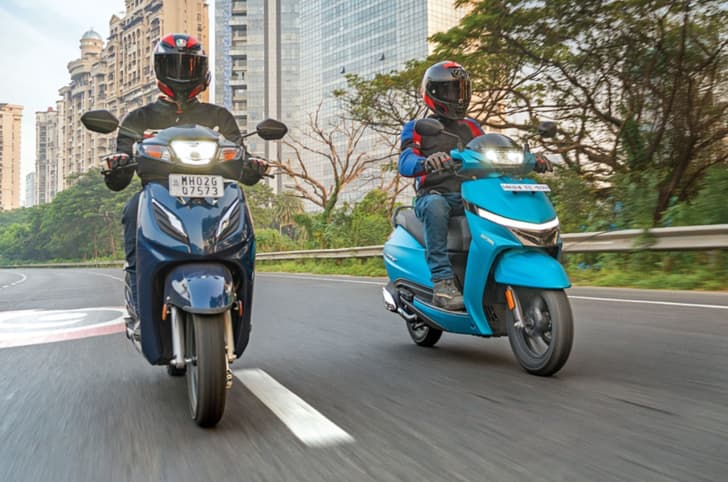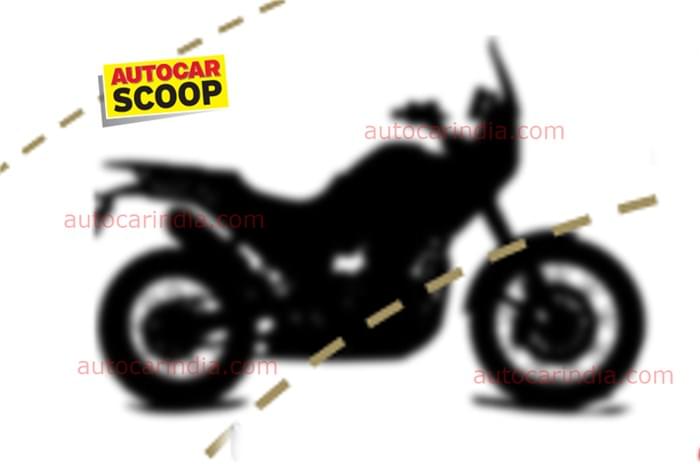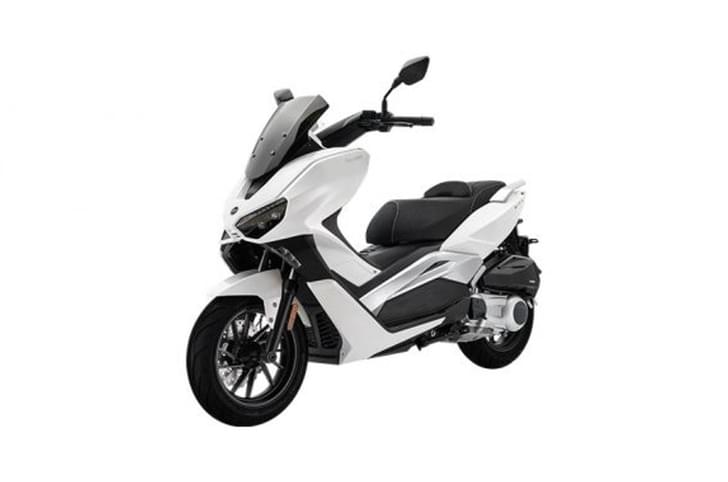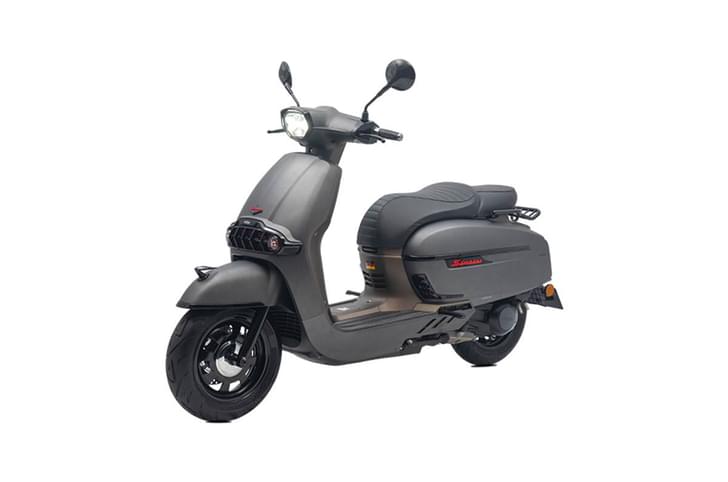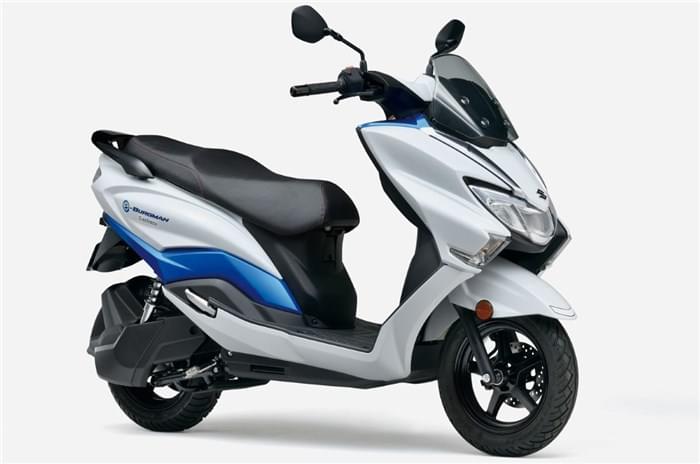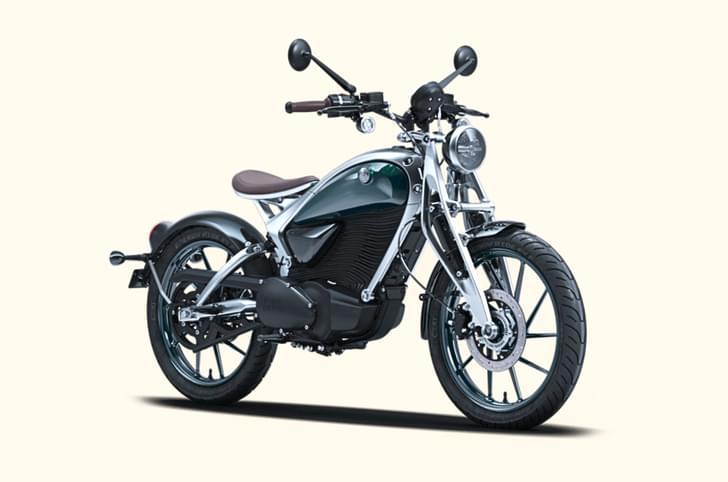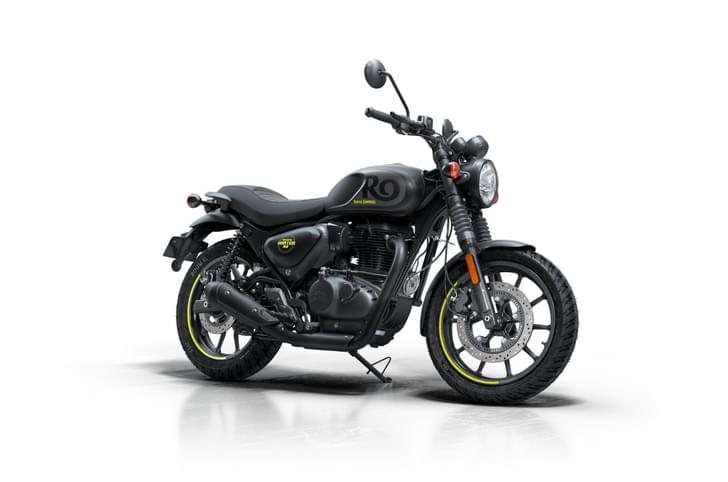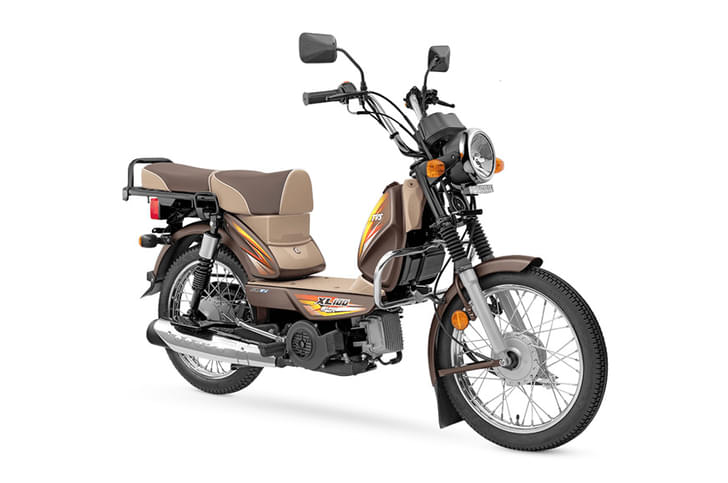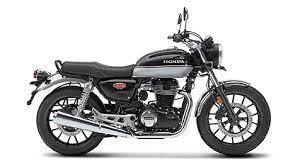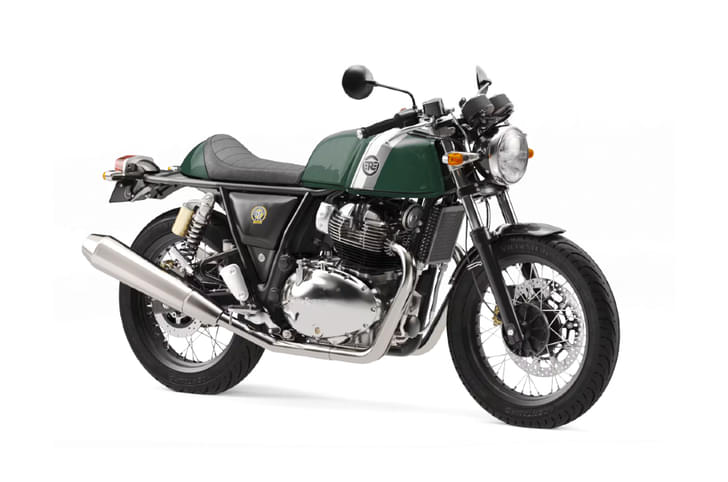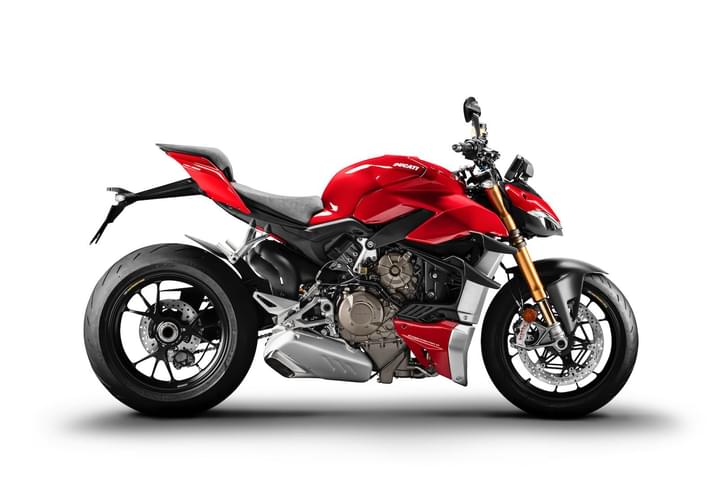It’s an unruly day as good as they come. Above us, dark clouds are clashing violently, soaking us in a fearsomely cold shower. The ribbon of uphill tarmac ahead of us is impeccable, or so it appears through our rain-smattered visors. There’s only one perfect line through the corner ahead, and only one of us is going to be able to take it. Courtesy? Ha! That’s clearly for another time; this fight has only just begun.
I’m on the Pulsar RS200, Bajaj’s flagship and the only faired motorcycle in its range. It has been around since 2014, and the last noteworthy update came in 2017, with the arrival of the BS-IV norms. To refresh your memory, the RS200 is summarily the faired version of the NS200 which, in turn, is Bajaj’s spin on a very fun motorcycle produced by its Austrian counterpart – the KTM 200 Duke. However, the RS200 is more than just another motorcycle with a lot of bodywork. It’s seriously fast and capable, although it comes without a professional racing pedigree. The RS200, like any Pulsar worth its salt, is born to dominate the streets – ‘Leave track racing to amateurs’, as its original tag line had infamously advertised.
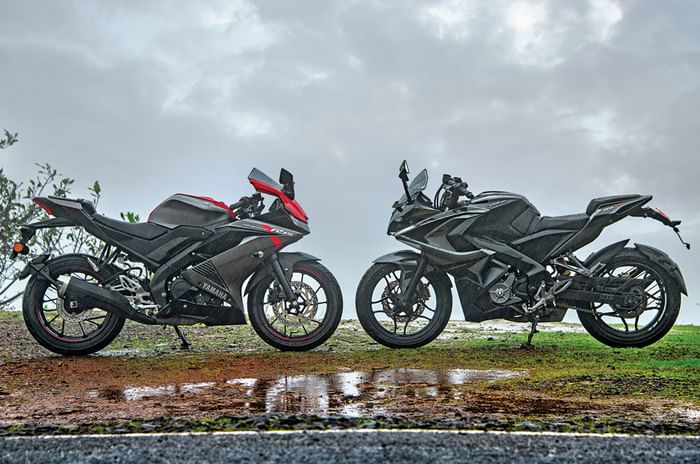
The R15 V3.0 is the polar opposite. Here’s a machine virtually carved out of the asphalt and kerbs of racetracks around the world. It inherits heavily from Yamaha’s legendary racing dominance and that so much has been crammed into a 150cc motorcycle is nothing short of pure genius. Of course, this had been achieved a decade ago when the first-gen R15 made its debut, but that Yamaha has evolved it to offer even more is no small feat either. The R15 V3.0 is a racer’s motorcycle and, going by its utter disregard towards the RS200 (the R15 did take that perfect line first, after all), it wants to win this test.
| Dimensions | ||
|---|---|---|
| Bajaj Pulsar RS200 | Yamaha YZF-R15 V3.0 | |
| Chassis | Perimeter frame | Deltabox frame |
| Wheelbase | 1355mm | 1325mm |
| Seat height | 810mm | 815mm |
| Ground clearance | 157mm | 170mm |
| Fuel tank | 13 litres | 11 litres |
| Kerb weight | 164kg | 139kg |
| Front suspension | Telescopic fork | Telescopic fork |
| Rear suspension | Monoshock | Monoshock |
| Brakes (f/r) | 300mm disc / 230mm disc | 282mm disc / 220mm disc |
| Tyre size (f/r) | 100/80 17 / 130/70 17 | 100/80 17 / 140/70 17 |
This contrast in their geneses is evident from the moment you swing a leg over them (one at a time, please!). The Pulsar RS200 seats you nearly upright and its clip-on handlebars are raised enough to serve the function of a conventional tubular handlebar. It’s visually racy but quite comfortable in reality. The seat is seemingly more generous, and the foot pegs are relatively less rear-set compared to the Yamaha. The RS200’s riding geometry serves to put you in control, without adding excessive emphasis on your wrists. This means you have as good a view into and out of corners, without the stress usually associated with cornering-focused machines.
On the R15, you have no such concessions. It’s unforgiving in its sincerity towards racetrack-grade handling, and this is evident from its low-set clip-ons and high-positioned rear-set foot pegs. The R15 is unapologetically focused and its riding geometry suggests you best use it on a racetrack, or at least on a very fast twisty road. Overall, it’s also visibly narrower and more compact than the Pulsar, clearly displaying its affinity to the racing adage ‘less is more’. Underlining this is its 139kg kerb weight, which makes it a jaw-dropping 25kg lighter than the Pulsar. What all of this coalesces into is a machine that’s rewarding but only if you can earnestly commit.
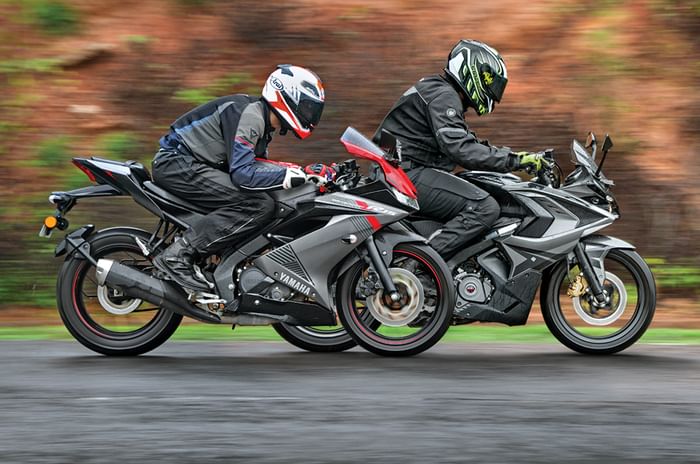
Rishaad is the more earnest of the two of us in matters of track riding and he’s speeding up the enticingly curvy road with sublime precision. The R15 he’s on is powered by a 155cc, liquid-cooled, four-valve motor, and with 19.3hp at 10,000rpm on tap, it’s no surprise how easily the R15’s tail-lights seem to be accelerating between corners of varying radii. On the Pulsar, I have the stronger engine – a 199.5cc, liquid-cooled, four-valve unit which produces 24.5hp at 9,750rpm – but weight (the motorcycle’s and mine) is making life difficult. Where the road straightens up a bit, I use the Pulsar’s stronger motor to narrow the gap, but it’s almost impossible to make a pass. Say, it’s a bit too rainy today, eh? Excuses aside, the R15 has a clear edge in this environment, although the RS200 isn’t out of place here at all.
The R15’s six-speed gearbox with a slipper clutch is undoubtedly the best among any motorcycle in the sub-Rs 2 lakh price bracket and it adds to the urgent, seamless progress. It’s almost clinically precise and refined in its responses, and, I must say, it sounds rather nice when being revved to the limit as well. With a 0-100kph time of 10.73sec, the R15 is amply quick to prove entertaining and, paired to the agile chassis, it makes for a terrific recipe for those with racing aspirations. You can well emulate your Sunday heroes on it, attempting to graze bits of your riding gear (choose wisely) on asphalt, although today, as you can tell by the pictures, wasn’t the best day to try.
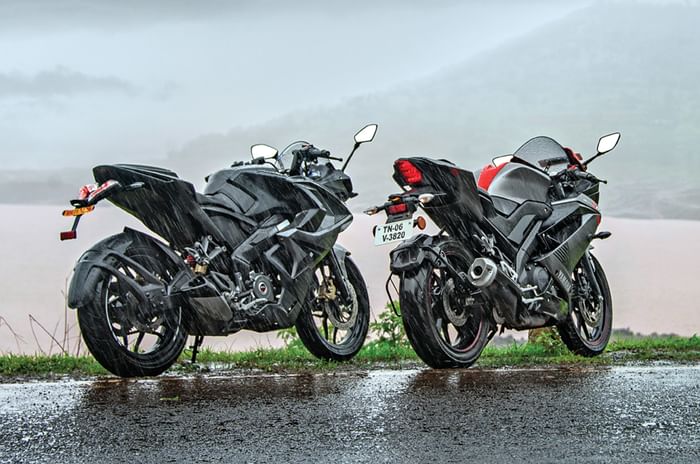
The RS200 gets a six-speed gearbox, too, but no slipper clutch. The gearshifts are good but lack a level of obsessive precision. In other words, it is possible to miss a gear under hard acceleration; having said that, it’s fast in a very likeable way. Ridden aggressively, the RS200 is a sensory delight, especially since its impressive acceleration is accompanied by a meaty exhaust note that’s quite unlike the Duke’s polarising acoustics. The RS200’s motor is impressive because it’s not only refined but also noticeably more tractable. Its mid-range is particularly likeable, but what takes the cake is the strong top-end surge it offers, which is addictive. In the real world, it helps you close the gap to more athletic motorcycles, such as the R15 V3.0, for instance.
| Powertrain and performance | ||
|---|---|---|
| Bajaj Pulsar RS200 | Yamaha YZF-R15 V3.0 | |
| Engine layout | 4-stroke, single-cylinder | 4-stroke, single-cylinder |
| Displacement | 199.5cc | 155cc |
| Power | 24.5hp at 9750rpm | 19.3hp at 10000rpm |
| Torque | 18.6Nm at 8000rpm | 15Nm at 8500rpm |
| Gearbox | 6-speed | 6-speed |
| 0-60kph | 3.76s | 3.99s |
| 0-100kph | 9.71s | 10.73s |
| 20-50kph (2nd gear) | 2.98s | 2.98s |
| 30-70kph (3rd gear) | 5.48s | 5.57s |
| Fuel efficiency (city/highway) | 34.2/44.3kpl | 37.2/49.7 |
Despite the conditions, the R15 makes a see-through affair of its capabilities, and its poise and grip-levels come across as ample, to say the least. The RS200 evenly matches it on this front. My last encounter with it was on a dry test track and it established itself as an effortless and nimble motorcycle. Today was no exception. The largely effortless riding position enhances leverage and what it lacks in terms of outright focus it makes up for by being more usable. The RS200 is more accommodating of taller, heavier riders and it’s generally more rider-friendly. On a slightly disconnected note, its projector headlights are better than the R15’s (better-looking) LEDs, which do give it an edge in the dark. Hard cornering is less demanding on the RS, and you can set yourself up for aggressive riding more easily on it. This is amplified when the setting transitions to urban confines (which is where these two motorcycles are more likely to rub shoulders or even be ridden individually); it’s here that the Pulsar really shines.

It’s in the real world that the Pulsar begins to showcase its strengths. Despite being full-faired and of the same format as the R15, it feels almost like a naked streetfighter in its approach, which is just fantastic. The Pulsar doesn’t require you to have track-trained muscle groups (although it helps if you do, in any case), and it has an energy to it that’s empowering and enabling on the road. It is, like all good Pulsars, terrific for point-and-squirt riding and its street usability goes beyond just its motor, thankfully. It has the bigger brakes of the two – a 300mm disc up front and a 230mm disc at the rear – and also offers a single-channel ABS; our test bike, however, was the non-ABS version. The telescopic fork and Nitrox monoshock make for decent suspension characteristics although they lack the damping prowess of the Yamaha. The RS200 is the stiffer sprung of the pair and it’s something you will notice over uneven surfaces. Having said that, it does have the wider, more accommodating pillion seat of the two and to say it’s better suited to touring is to state the obvious. You can tell from the pictures, can’t you?
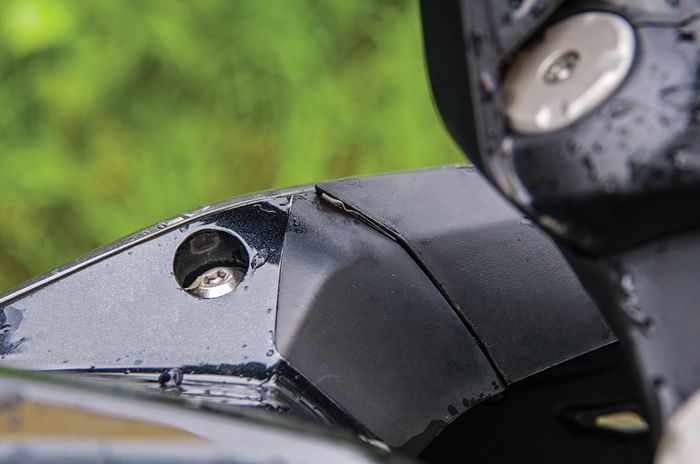
The R15 isn’t quite versatile. It’s happiest around a circuit or a smooth and winding road, and this is where it really excels. But how long you can enjoy it elsewhere depends on your levels of inclination and fitness. The ergonomics are tailored to suit its purpose, of course, but a majority of enthusiasts don’t live close to a racetrack and riding it on the street can get tiring in not much time. Thankfully, the extent of its impracticality is largely limited to just its riding geometry, since it has better-tuned suspension – a telescopic fork and a linkage-type monoshock – which absorbs undulations admirably well. For a serious (even if on an entry-level scale) handling-focused motorcycle such as this, Yamaha’s decision to leave out ABS is disappointing. The R15’s braking is still impressive, and ABS would only serve to enhance it, given its obvious safety benefits and the additional braking liberties it allows you to take. Lastly, the R15 continues to be a pillion-unfriendly motorcycle, although it is perhaps less so as compared to the outrageous V2.0. While your pillion is less likely to complain about altitude sickness this time around, it’s still not the comfiest seat around. Oddly enough, neither motorcycle boasts a rail for pillions to hold on to; both get integrated ducts which work alright but aren’t as confidence inspiring.
The rain has transitioned violently into a thunderstorm now. The last few hours of riding have been intense but a lot of fun for both of us. Rishaad is impressed with the R15 – and I’m a fanboy, too – but neither of us can deny that the R15 has gotten a bit, well, serious in its evolution. It can still exhilarate but is truly enjoyable only in the right conditions and when you’re fully willing to commit. The Pulsar is more free-spirited in this regard. The evolution of the Pulsar has been a significant one, too, but Bajaj was wise to not put the onus (or even burden, if I may say so) of this elevation on the rider. In other words, it allows you a lack of discipline. No, in fact, the Pulsar encourages it! That’s impossible not to love.
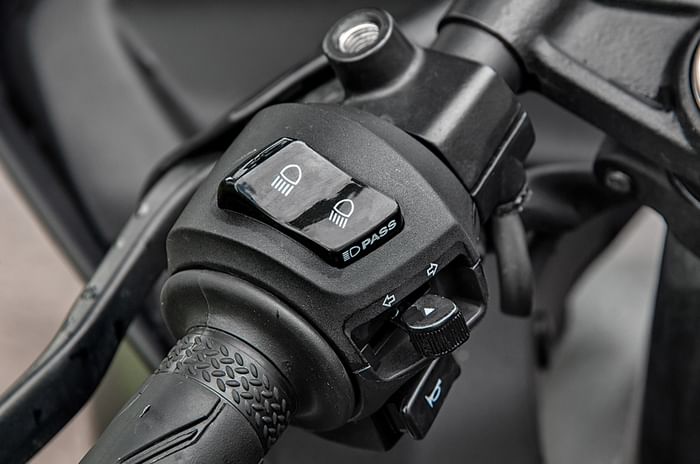
To take a pick is, therefore, simple enough. The Pulsar (Rs 1.26 lakh - ex-showroom, Delhi) has a few things going against it – the visibly lower levels of fit and finish, its heavier kerb weight, and an overall design that’s overdone and could have been so much better, to say the least – but a lot going for it in the areas of real-world usage. The R15 (Rs 1.26 lakh) costs the princely sum of Rs 100 more, but its list of negatives is longer and has bigger implications on its usability. All things considered, both motorcycles are also for very different audiences. If you live, breathe and sleep MotoGP, you’ve just got to have the R15; it’ll make you feel like one of your heroes. However, if you want to ride fast everywhere, but also do a lot more with your motorcycle, it’s the Pulsar RS200 that’s more deserving of your hard-earned money right now.




